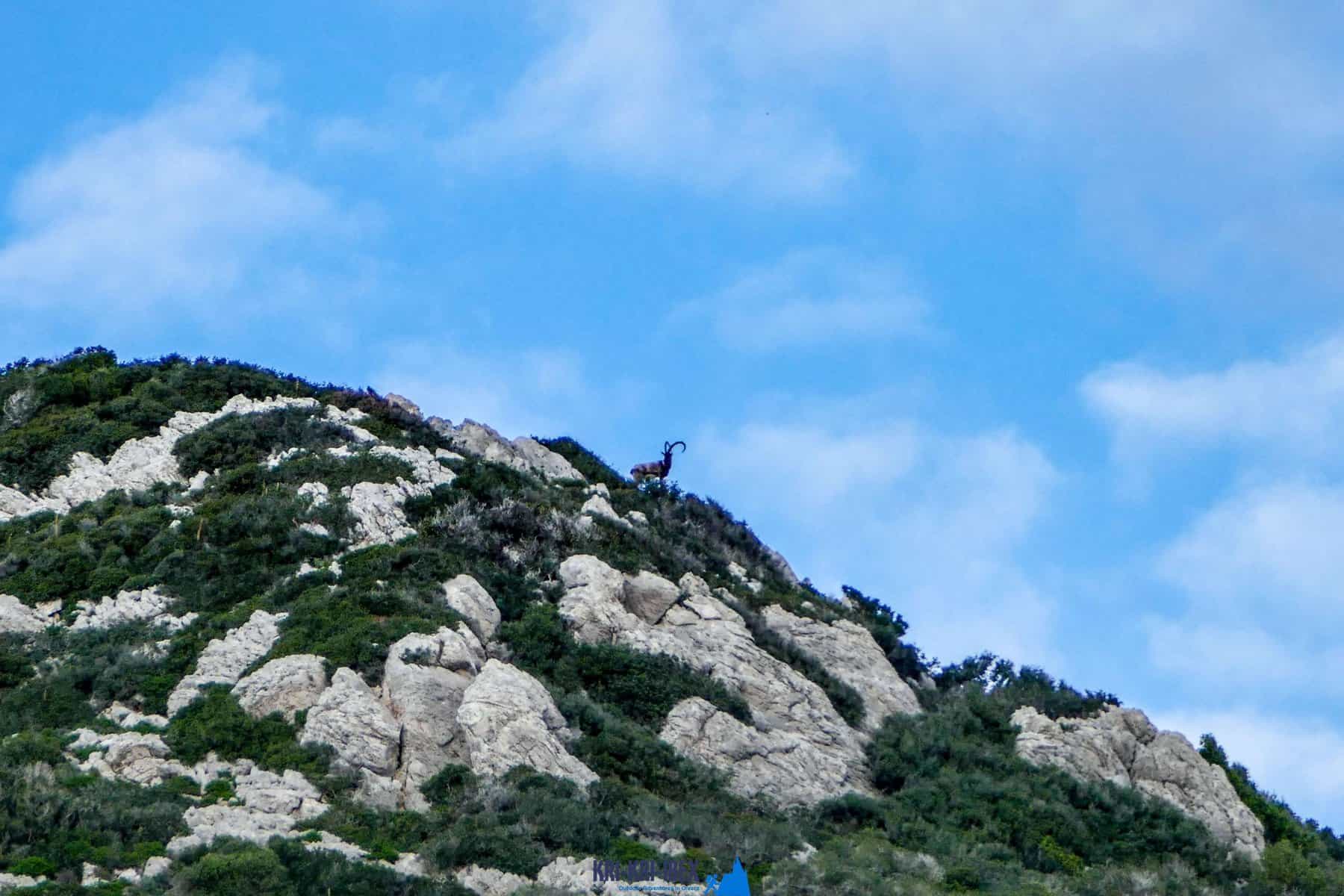Kri-kri ibex hunting in Greece-- your dream holiday
Kri-kri ibex hunting in Greece-- your dream holiday
Blog Article

The Peloponnese peninsula on the Greek Mainland is typically referred to as the 'genuine' Greece. This is since it has managed to remain relatively unblemished by mass tourist and retains a lot of its traditional beauty. If you're trying to find an authentic Greek experience, after that Peloponnese is the location for you. And also what better means to explore this attractive region than on among our outdoor searching, angling, and free diving trips?

Hunting Kri-Kri Ibex on Sapientza Island is a tough but gratifying task. The ibex stay in tough, rough terrain that can quickly leave you without footwear after just two trips. Shooting a shotgun without optics can also be a tough job. The quest is well worth it as the ibex are some of the most lovely pets in the globe. Greece is a fantastic nation with a rich background and society. There are numerous tourist chances offered, consisting of hiking, taking in the sights, and also obviously, hunting. Greece supplies something for everyone as well as is definitely worth a see.
On our Peloponnese trips, you'll get to experience all that this outstanding region has to offer. We'll take you on a scenic tour of some of the most historical and also lovely websites in all of Greece, consisting of ancient ruins, castles, as well as extra. You'll also reach experience a few of the typical Greek culture firsthand by delighting in a few of the delicious food and also a glass of wine that the area is recognized for. As well as of course, no journey to Peloponnese would be full without a dip in the gleaming Mediterranean Sea! Whether you're a seasoned hunter looking for a brand-new journey or a newbie tourist just wanting to explore Greece's sensational landscape, our Peloponnese scenic tours are ideal for you. What are you waiting for? Reserve your journey today!
There is absolutely something for everyone in the Peloponnese peninsula. Whether you are interested in background as well as culture or nature as well as outdoor tasks, this is an optimal location for your following getaway. If you are short on time, our searching as well as exploring Peloponnese Tours from Methoni is a terrific means to see every little thing this awesome area has to offer.And finally, your Kri Kri ibex trophy is waiting for you.
What is the diference between Kri Kri ibex, Bezoar ibex and hybrid ibex
The kri-kri is not thought to be indigenous to Crete, most likely having been imported to the island during the time of the Minoan civilization. Nevertheless, it is found nowhere else and is therefore endemic to Crete. It was common throughout the Aegean but the peaks of the 8,000 ft (2,400 m) White Mountains of Western Crete are their last strongholds–particularly a series of almost vertical 3,000 ft (900 m) cliffs called ‘the Untrodden’—at the head of the Samaria Gorge. This mountain range, which hosts another 14 endemic animal species, is protected as a UNESCO Biosphere Reserve. In total, their range extends to the White Mountains, the Samaria National Forest and the islets of Dia, Thodorou, and Agii Pandes.
This Ibex is NOT a diminutive form of the Bezoar Ibex, which has migrated into the western-most reach of the range of this species. The kri – kri (Capra aegagrus cretica), sometimes called the Cretan goat, Agrimi, or Cretan Ibex, is a feral goat inhabiting the Eastern Mediterranean, previously considered a subspecies of wild goat. The kri-kri has a light brownish coat with a darker band around its neck. It has two horns that sweep back from the head. In the wild they are shy and avoid tourists, resting during the day. The animal can leap some distance or climb seemingly sheer cliffs.
“The agrimi goat Capra aegagrus cretica is unique to Crete and its offshore islands. It has been identi®ed as a sub-species of the wild bezoar goat Capra aegagrus aegagrus Erxleben, 1777, which it closely resembles in horn shape, body form and coloration. This classi®cation has been disputed by some researchers who claim that the agrimi are feral goats, derived from early domestic stock brought to the island by the ®rst Neolithic settlers. In order to clarify this issue, DNA analyses (cytochrome b and D loop sequences) were carried out on tissue of live and skeletonized agrimi and compared to sequences of wild and domestic caprines. Results conclusively show the agrimi to be a feral animal, that clades with domestic goats (Capra hircus) rather than with wild Asiatic bezoar. This study demonstrates that morphometric criteria do not necessarily re¯ect genetic af®nities, and that the taxonomic classi®cation of agrimi should be revised.”
Report this page